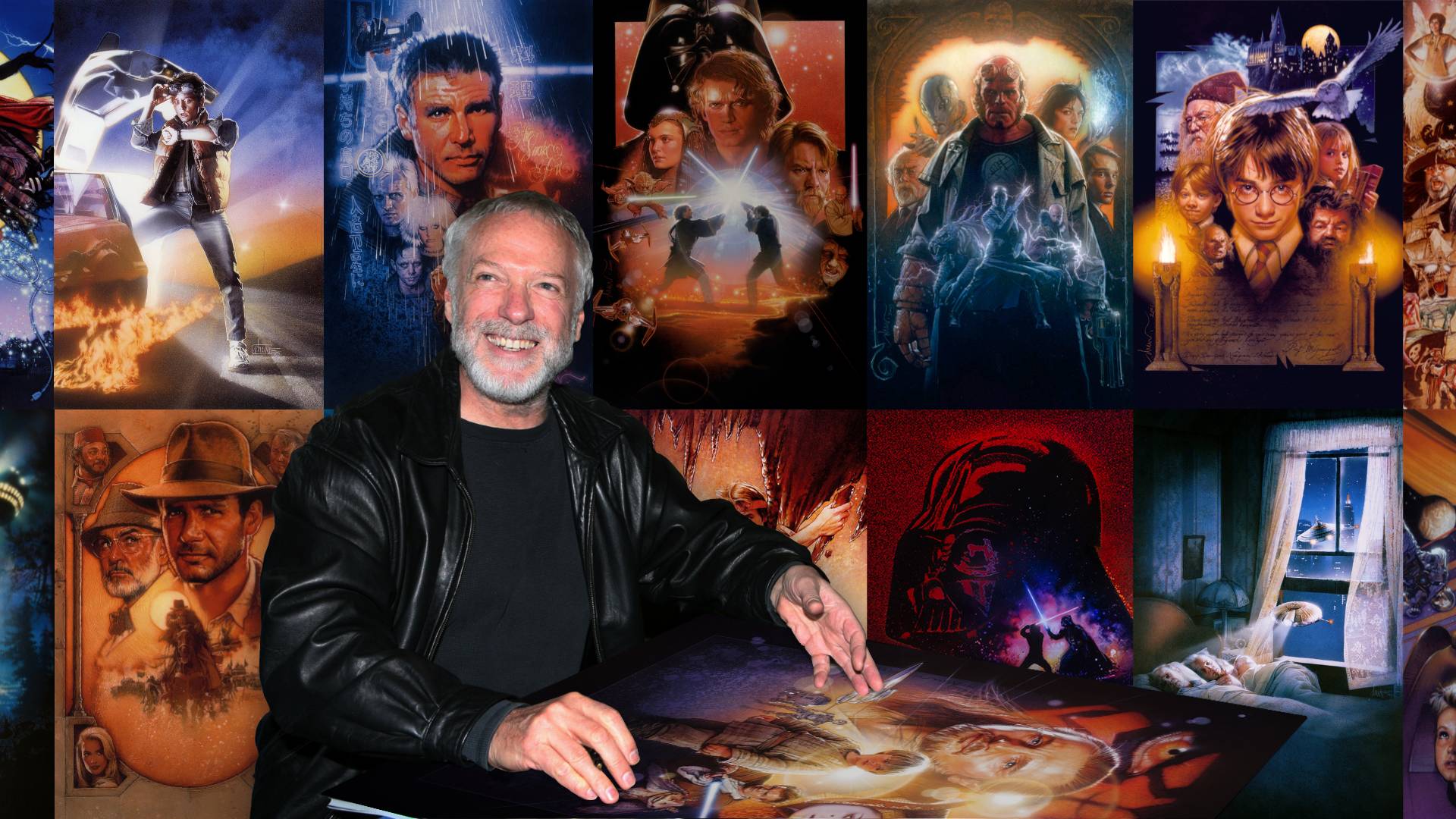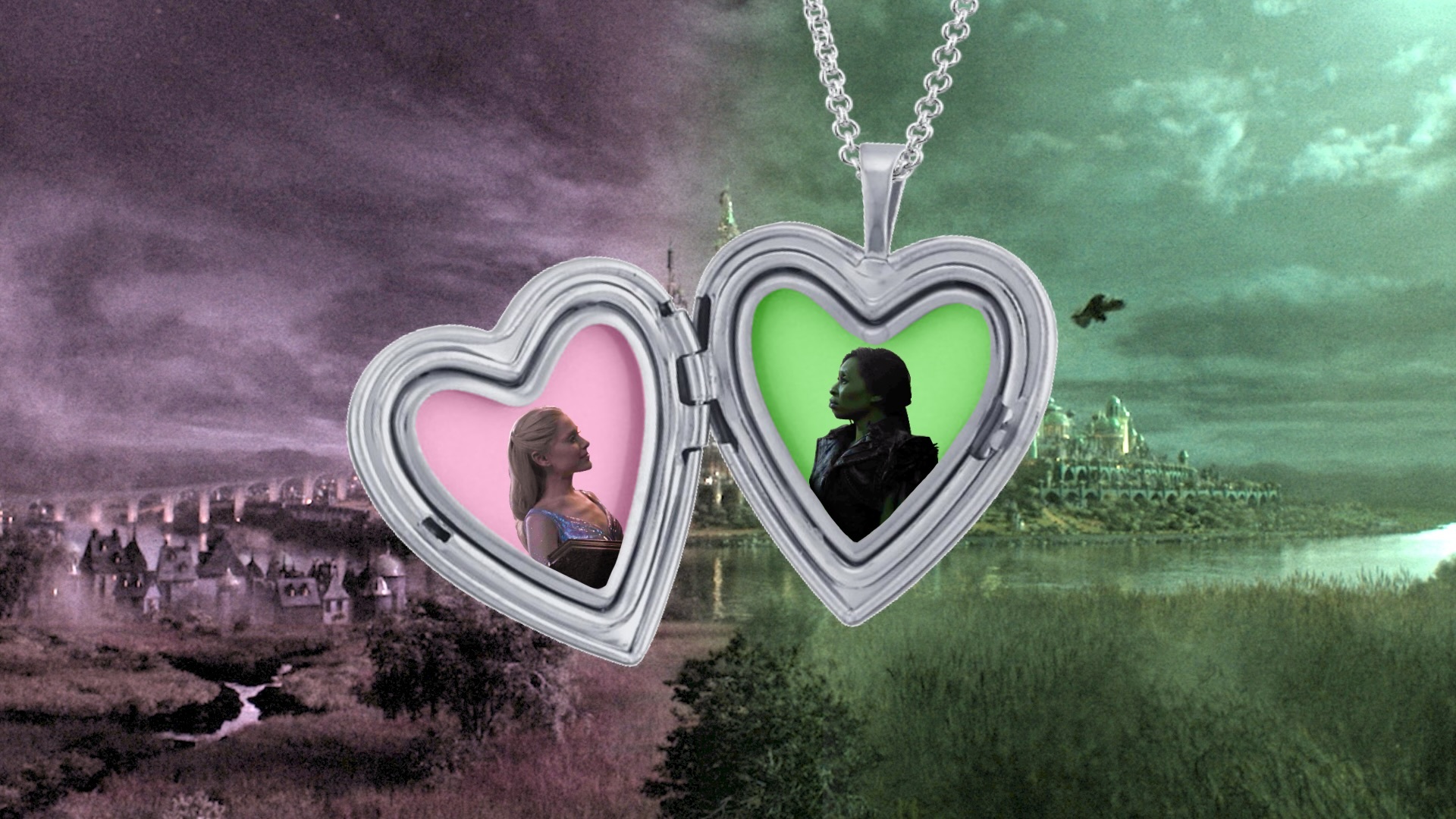It must be said that as witty as I have found the title of my review, truthfully it deceives in service of a deeper dive I have wanted to take after a thorough three hour film. It must also be addressed that the greater reverent offer of a “Barbenheimer” piece has been left on the table, but after two viewings of Greta Gerwig’s Barbie; for the first time in a long time I left the theater with more answers than questions, and I find myself better for it. Oppenheimer however, has left more to be desired.
Christopher Nolan has long been established as a household name in modern cinema. His work encompasses original science fiction, superhero dramatism, and historical biography. Bring up Christopher Nolan at any party and despite a hardline consistency in his storytelling approach, you’ll find something in his body of work that everyone has enjoyed. However, Oppenheimer has been different despite the consistency in the manner we have come to expect from a Nolan film. My struggle with the creative endeavour of Oppenheimer can be summarized in two key areas: Utilization of the cast, and overall writing. Before I go any further I should establish that I did enjoy the film at face value, and as usual Nolan has dazzled me with exceptional camera work and sound design to construct the journey of America’s pursuit of the first nuclear weapons. However, as time has passed, I have found it harder to justify the reasoning for my enjoyment in light of the short-comings of this film.
Florence Pugh, fresh off of a leading role in Olivia Wilde’s Don’t Worry Darling; An excellent addition to an already star-studded cast (Josh Peck, Devon Bostic, Robert Downey Jr., Gary Oldman, Emily Blunt). And yet, I am disappointed, but not surprised by her role of Jean Tatlock. In Nolan’s pursuit of scientific realism through perfected artifice he has forgotten that he cannot write for the historical (or modern) women’s perspective. In a comical juxtaposition across from Gerwig’s Barbie, Oppenheimer’s Achilles’ heel proves to be a consistent failing of Nolan’s ability to convey compelling emotional character in the women of his films. This is consistently remedied through the employment of talented actresses that often offer balance to otherwise vapid ornamental characters, sometimes for the better (Emily Blunt, Oppenheimer) and sometimes for the worst (Anne Hathaway, The Dark Knight Rises). This consistency is further galvanized by a telling scene in Oppenheimer.
In what can only be described as an attempted salute to the tenements of Gerwig’s Barbie, Nolan crudely jams a brief acknowledgement of sexist and unkind working conditions female professionals faced in the workplace in 1940s wartime America. This ultimately results in a hollow gesture that feels unevenly performative in the grander scope of the film. This is symptomatic of otherwise sloppy writing in Oppenheimer that was further denoted by left-loose b-plots such as Oppenheimer’s political involvements and initiatives (framed in the subliminal red lens of McCarthyism and endless witch hunts) or his affair and ensuing relationship with Pugh’s Jean Tatlock. While these narratorial sins are highly relevant to the failings of the overall writing, they pale in comparison to the fault-line in Oppenheimer’s script.
In a three-hour runtime that found itself meandering at times, and struggled to fruitfully address b-plots, I found a disheartening lack of Japanese and Indigenous perspectives or references in this film. The story of Robert J. Oppenheimer is more than just a tale of philosophical and ethical quandary, there is a less than subtle layer of American exceptionalism wielded in the face of one of the most depraved war crimes in modern military history. The best successful effort to the contrary in this film was a meeting of military brass convened to decide the targets for the completed atomic weapons, resulting in an extremely callous depiction of the cold, nonsensical approach to the US targeting of Japanese civilian centers. At the same time the film minimizes Oppenheimer’s hand in those decisions in an ahistorical manner. Therefore, Oppenheimer lacks a critical lens in its ability to convey the depth of effect that the first atomic weapons had on anyone that wasn’t white.
This was first demonstrated with the establishment of the Los Alamos precinct of the Manhattan Project which would go on to be the first testing ground of these weapons, in the film Oppenheimer pays a small mind to the use of those lands by the indigenous populations as acknowledging that Los Alamos was simply a space for “burial rites” and thus perfect for atomic testing, and subsequently never paying mind to that fact again for the rest of the film. The desecration of indigenous burial grounds was a mere afterthought in the context of Oppenheimer’s effect on the world when in reality, the effects of those atomic weapons tests in New Mexico are still felt today.
While that may not have been Nolan’s intention, his lack of empathy still comes through the screen in a very visceral fashion. Furthermore, this is made clear by the lack of address to the nature of the American attack on the Japanese people and their suffering therein. My partner and I sat in a dim theatre, taking in the last scenes of the film as the finale faded to black. Holding an expectation of some sort of acknowledgement of the horrific casualty toll of the Japanese populace after the attacks on Hiroshima and Nagasaki or how the casualties of Oppenheimer’s experiments are still affected in the US today, or at the very least an address on the impact atomic weapons have on the modern political landscape. We were presented with nothing. Flashcut to title card and roll credits. Nolan had handed an expecting public a three hour sob story about a man struggling with how he feels about enacting a nuclear attack, and yet somehow completely skipped over the mass casualties to accommodate spotlighting the historical caucasian struggle with/against basic empathy.
While some may argue “why focus on the use of the bomb when the story was designed to illustrate the birth of the nuclear era,” I would argue that the reason the story has weight to begin with is the reason every conversation about nuclear weapons begins with Japanese loss. The argument could even be further made that Oppenheimer goes so far as to intentionally exclude the victim’s perspective as to further push the narrative of American exceptionalism while coupling it with a seeming desire to rewrite the history of an attack. This has the effect of obscuring the historical conclusion that the US perpetrated a war crime in the interest of simply showcasing military prowess at a moment of global instability which amounts to an act of chest-beating at a cost of nearly 200,000 civilian men, women and children.
The totality of this narrative’s blind spot begs the question to what end was this facet of Robert Oppenheimer’s story ignored? Putting aside public knowledge of the US military’s long hand of influence and censorship in modern film-making, I have reason to believe that this is emblematic of a larger story in the legacy of Christopher Nolan. It is my opinion that Oppenheimer will come to represent Nolan’s magnum opus for cinematic excellence in the eyes of the academy, but also for the looming question of Christopher Nolan’s career. Oppenheimer represents a peak for the things people love and have come to expect from a Nolan film, while at the same time achieving the most Nolan’s narrative and visual style could rise too. With that said, what else is there to conquer?
Nolan has become a detriment to himself as his body of work has become its own genre, thereby limiting his capacity for growth. This ultimately begs the question of what Oppenheimer means in the scope of the Nolan-verse? Is it the beginning of his descent into pandering to a conservative film-bro crowd that has come to form the bedrock of his fanbase? Or perhaps a slow decline in production value as the public moves to newer artistic potentials in the cinema of subtext?
To conclude, I wish to leave you with the recommendation to see for yourself and form your own perspective of this work. The desired effect of my review today is that when you take to the theatres, you go in with a sense of the human cost that this film has forgotten in its pursuit of an academy award. Some suggest that history is written by the victors. In rebuttal, I posit, “History will be rewritten by the guilty.”


.png)


.jpg)


.jpeg)



.jpg)

.jpg)

.jpg)






.png)